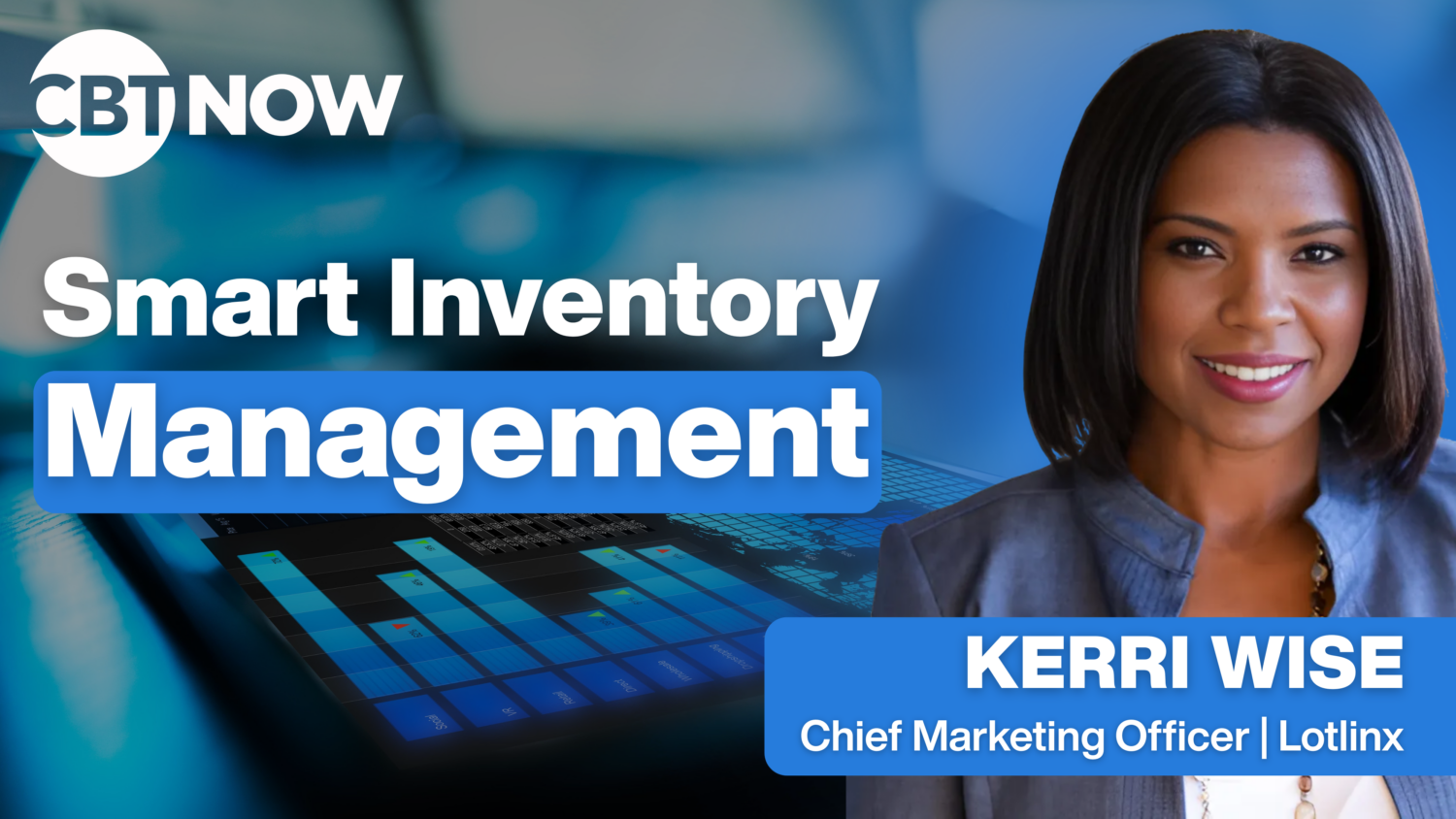Lotlinx recently released its 2025 Q2 Vincensus Report, a quarterly analysis detailing the state of the automotive industry across major OEMs. In today’s episode of CBT Now, Kerri Wise, chief marketing officer at Lotlinx, unpacks the report’s key findings and how dealers can better manage their inventories.
The second quarter was heavily shaped by the aftermath of tariff threats, which prompted millions of consumers to rush to dealerships to avoid anticipated price increases. This urgency significantly influenced buying behavior during Q2.
Shifts in the EV market
A notable trend from Lotlinx’s report is the clear shift away from electric vehicles (EVs). New EV sales declined 2% quarter-over-quarter, while new hybrid and internal combustion engine (ICE) sales increased 7% during the same period. The shift reflects ongoing consumer affordability concerns, highlighted by a substantial price gap: new EVs cost about $10,000 more than gas vehicles, and roughly $7,000 more than hybrids.
The elimination of the federal tax incentives—$7,500 for new EVs and $4,000 for used EVs—is expected to have a long-term negative impact on EV sales. While this change may trigger a short-term “pull-ahead” effect, encouraging customers on the fence to buy soon, it poses challenges for moving EV inventory over the long haul.
Lotlinx anticipates overall automotive sales to cool down for the remainder of 2025. During this slowdown, Wise predicts dealers will increasingly rely on OEM incentives and digital-first engagement strategies to drive sales.
One of the biggest hurdles for new EVs is their high average price point. Despite a 2% decrease, the average price of a new EV in Q2 remained nearly $55,000. Meanwhile, new EV inventory supply increased by 22 days to 100 days, indicating a growing stock of unsold vehicles.
Conversely, used EVs saw strong demand, with sales rising by 11% compared to Q2 2024. This growth is primarily attributed to a notable narrowing price gap, as used EVs are priced approximately $4,000 above ICEs and hybrids.
Inventory and pricing trends
Lotlinx’s report revealed that new vehicle days’ supply decreased by four days QoQ to 61 days, while used vehicle supply increased by two days to 40 days.
“Dealers have a lot of inventory blind spots. What do we do? We do the things that we’re used to. We discount the car from a pricing standpoint. Maybe we invest more in promotion. But, oftentimes, we don’t really understand what cars are at risk until it’s too late.”
Aged inventory, particularly among used vehicles, increased 7%, reflecting a growing challenge with older used car stock. The average price of aged inventory was nearly $30,000—around $2,000 higher than the prices of comparable vehicles actually sold.
Controlling inventory
Lotlinx customers outperform the broader market, holding about 6% less aged new inventory and 5% less aged used inventory. While these percentages may seem modest, they translate into significant savings given that the daily holding costs per vehicle are between $30 and $50.
Wise credits this performance to Lotlinx’s VIN Performance Platform, which provides dealers with real-time, VIN-specific insights. It allows dealers to predict inventory risks better and take timely action to move vehicles faster.
Lotlinx’s AI-driven platform empowers dealers to operate at a highly granular VIN-specific level. In a market that is constantly fluctuating, the AI can often forecast inventory challenges more accurately than individual judgment alone.
Looking ahead
Looking ahead to the rest of 2025, Lotlinx forecasts a sales slowdown. Wise advises dealers to be vigilant with their inventory strategies from a VIN level, leverage digital engagement, OEM incentives and AI-driven tools to avoid holding vehicles too long and optimize turnover.


